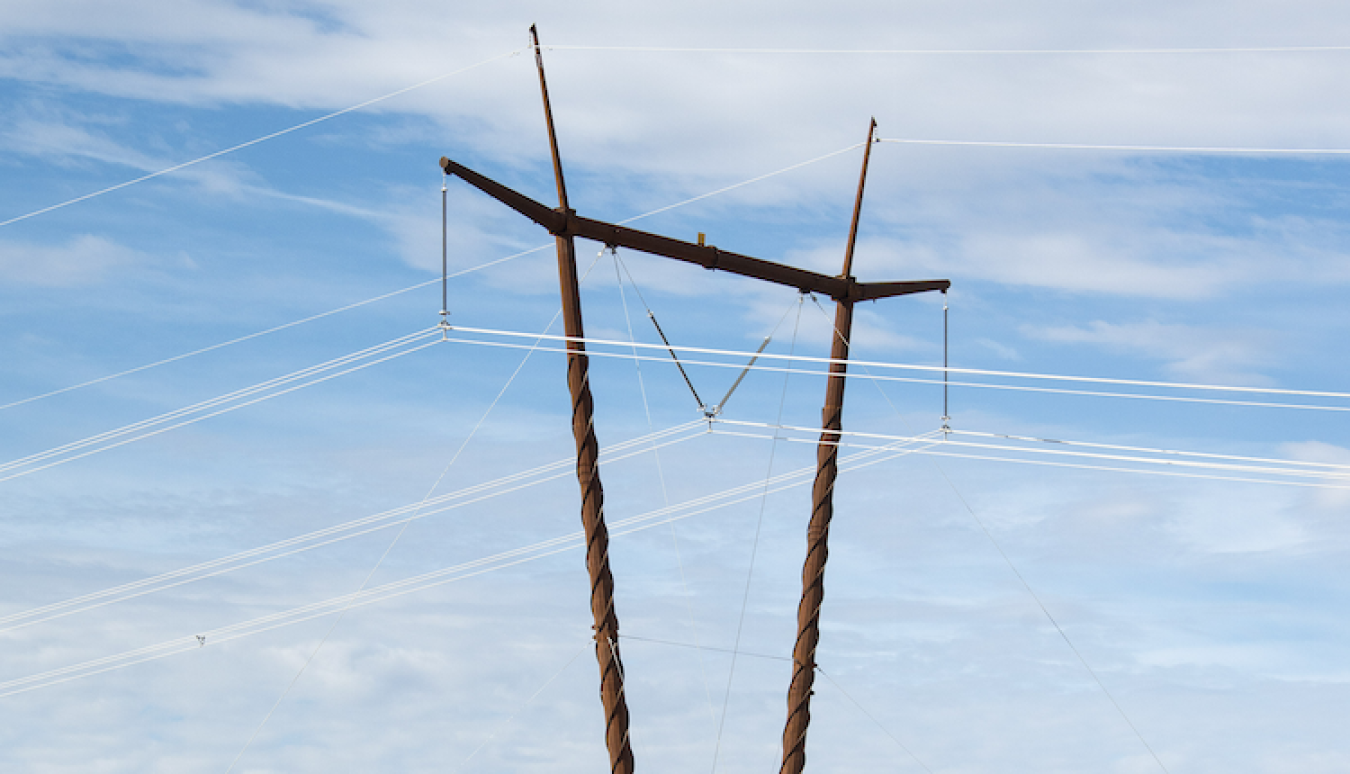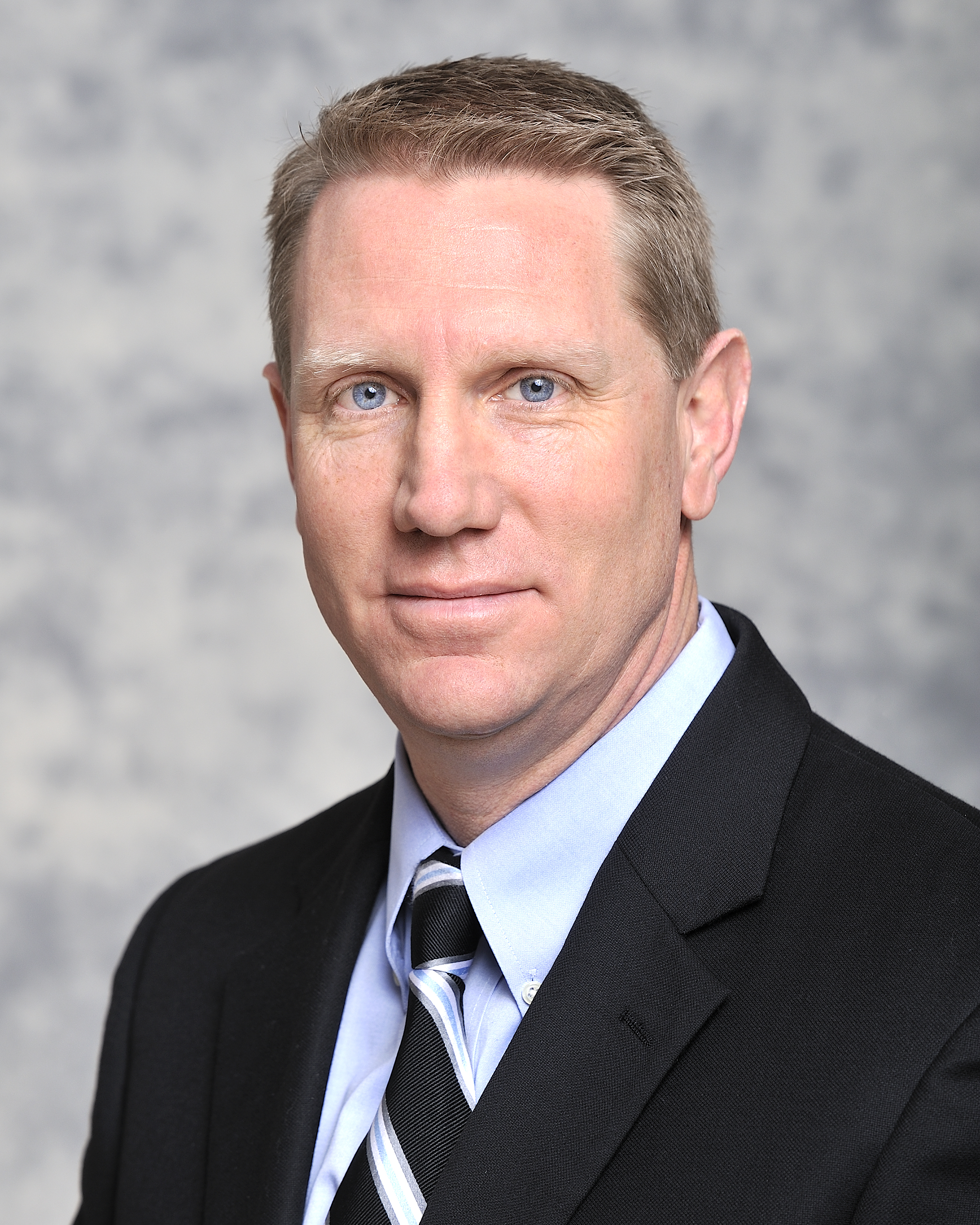This Tech Talk highlights how LPO can provide a bridge to bankability for transmission projects including line reconductoring, HVDC, and grid-enhancing technologies.
Office of Energy Dominance Financing
February 9, 2022Recharting the U.S.’s path to a better climate future, the Biden Administration recognizes a modernized electricity delivery system as an imperative link between a rapidly changing power generation sector and increasing demand from end-users. To this end, the Bipartisan Infrastructure Law (BIL) invests $16.5 billion across the Department of Energy (DOE) to modernize and expand the electricity grid. In addition to DOE’s recently announced, BIL-supported Building a Better Grid Initiative, DOE’s Loan Programs Office stands ready to support the transition to a clean energy economy with up to $5 billion in loan authorities that can be used to support transmission-related projects.
LPO finances next-generation U.S. energy infrastructure, serving as a bridge to bankability for breakthrough projects and technologies and de-risking them at early stages of investment so they can be developed at commercial scale and achieve market acceptance.

Why Transmission?
In a quickly decarbonizing United States, transmission infrastructure unfit for the future presents a significant chokepoint for the Administration’s goal of a carbon-pollution-free electricity market by 2035. Expanding utility-scale renewable generation – estimated by the White House to add 25-50% over the country’s 2020 generation capacity by decade’s end – will require reconfiguration of the grid’s upstream topology, all while operators face greater uncertainty that they will be able to sell transmission capacity without one or a few larger, anchoring customers (i.e., a centralized fuel-fired power plant). Aging assets face a changing climate looming over last-century methods for ensuring system reliability, with over 70% of the nation’s grid transmission lines and power transformers over 25 years old.
Meanwhile, the challenges developers face in securing rights-of-way for new transmission projects continue to grow, especially across state lines and in heavily developed areas. When also considering “not in my back yard” opposition from the public, time to completion for a new transmission project trends toward increasingly unpredictable. According to a recent Berkeley Lab study of five Independent System Operators, time to completion for “grid impact studies,” which a grid operator must undertake to determine transmission expansion needs prior to approving the integration of a new generator, swelled from an average of roughly two years in the 2000s to three and a half in the 2010s. For variable generation sources, not typically located near existing transmission infrastructure, the average is even higher. Data from the Federal Energy Regulatory Commission shows a distinct drop in the construction of new transmission projects over the past decade, likely because of the lengthening permitting process.
DOE works with interagency partners to bolster preapplication planning for transmission projects through its Integrated Interagency Pre-application Process, which allows transmission project developers a mechanism for early coordination and information sharing with permitting agencies. The availability of National Corridors as well as other major existing public rights-of-way (e.g., highways) may also speed the process for certain developers. But the siting and permitting process inevitably remains a significant hurdle for transmission expansion well into the decade.
As the United States modernizes its grid, novel technologies to capacity growth offer alternatives for reducing congestion outside of traditional infrastructure investments. These technologies include but are not limited to:
- Reconductoring, the replacement of the conductive core of transmission lines with modern materials like aluminum conductor composite core, capable of doubling the carrying capacity of common conductors,
- High voltage direct current (HVDC) transmission, reliable and low-loss power lines with a higher power density compared to their alternating current counterparts that comprise most of the grid today, and
- Grid-enhancing technologies (GETs), like Advanced Power Flow Control, Dynamic Line Rating, and Advanced Topology Optimization, all of which allow grid operators to use underutilized transmission assets more efficiently (other technologies with grid-enhancing elements, like virtual power plants and energy storage, will have their own spotlight in future LPO Tech Talks).
Reconductoring and replacement of existing lines with HVDC can often be done without the need to laterally expand a right-of-way, for example, while GETs rely primarily on software and relatively unobtrusive hardware solutions.
How LPO Can Help
Under LPO’s Title XVII Innovative Energy Loan Guarantee Program, $3 billion of loan guarantee authority may be available for transmission expansion projects that use innovative technologies yet to be deployed at commercial scale to move electrical power more efficiently. The domestic manufacturing of components involved in efficient transmission technologies may also be eligible under the same solicitation, including HVDC components, which lag in domestic supply chain maturity when compared to other major economies. With a full Technical and Project Management team on staff, LPO is uniquely positioned to understand the application of innovative transmission technologies in commercial projects.
Federally recognized tribes and qualified tribal energy development organizations may be able to access up to $2 billion in partial loan guarantees from LPO for projects utilizing commercially available transmission technologies through the Tribal Energy Loan Guarantee Program, which does not include an innovation requirement. The BIL establishes grant programs elsewhere at DOE, such as the $11 billion in grid resilience grants made available to states, tribes, and utilities. The law also establishes a $2.5 billion Transmission Facilitation Program for DOE to help develop nationally significant transmission lines, increase resilience by connecting regions of the country, and improve access to cheaper clean energy sources.
Next Steps
To learn more about how LPO could help support your transmission project or to engage with LPO staff for pre-application consultations, please email LPO@hq.doe.gov. Please provide a brief description of the project, estimated costs and timeline, and location. During the consultations, LPO will work with the applicant to determine whether the project is eligible for a loan guarantee.
Electrical transmission technologies have a vital role to play in helping to achieve our nation’s climate goals. Let LPO partner with you to make your transmission project a reality.
This blog post is part of a series highlighting some of the technology sectors eligible for support from the U.S. Department of Energy Loan Programs Office. Learn more about LPO and its loan eligibility requirements at energy.gov/lpo.


